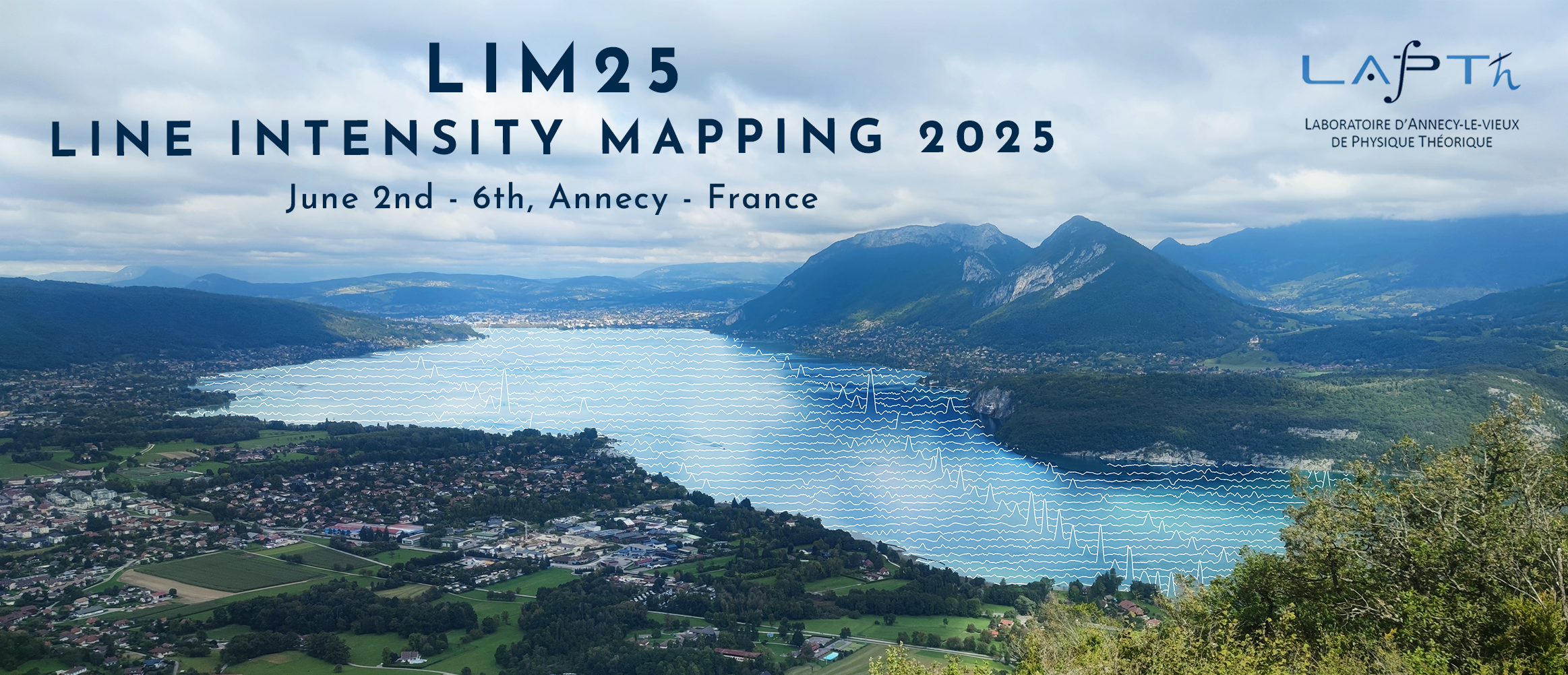Orateur
Description
Line intensity mapping (LIM) offers a powerful way to explore uncharted regimes by capturing the cumulative photon flux from bright and faint sources. Among various applications, upcoming LIM surveys are expected to provide a unique view of the Epoch of Reionization and the Cosmic Dawn, when the first galaxies formed and neutral hydrogen still filled the intergalactic medium.
In this talk, I will present a self-consistent framework for modeling line cross-correlations and discuss its potential to constrain both cosmology and astrophysics. Recent developments are bringing us closer to the possibility of measuring such cross-correlation: HERA and LOFAR are setting upper limits on the 21-cm signal, while the launch of SPHEREx will soon enable observations of key emission lines. I will focus on the possibility of correlating the 21-cm signal and star-forming lines such as CII, OIII, Lyman-α. This correlation is expected to transition from positive at high redshift — when both signals are driven by high star formation regions — to negative as ionized bubbles form. This shift offers a powerful tool for constraining cosmological and astrophysical models through its sensitivity to the underlying matter power spectrum and star formation models. With new data in the coming years, multi-line intensity mapping will provide a powerful tool for constraining cosmological and astrophysical models, offering unprecedented insights into the Cosmic Dawn and the Epoch of Reionization.

